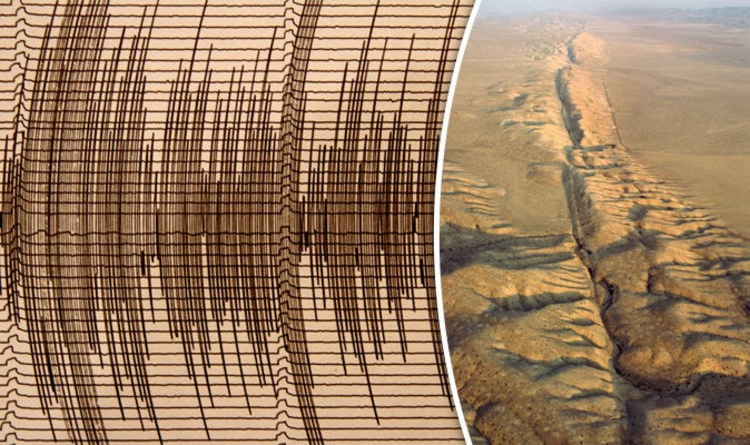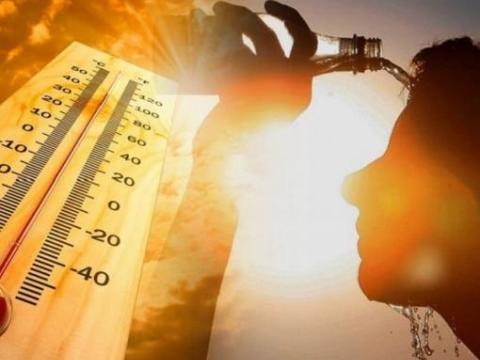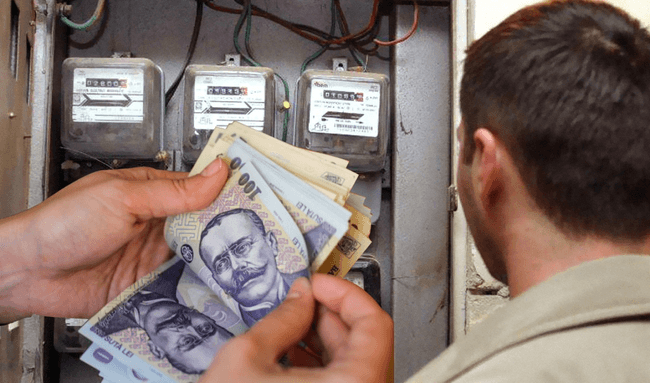The 2024 relative poverty rate in Romania is standing at 19%, with the number of poor people corresponding to this rate standing at 3,595,000, according to data with the National Institute of Statistics (INS).
According INS, the relative poverty rate represents the share of poor people (who have a disposable income per adult below 60% of the median disposable income per adult) in the total population.
"Poverty is the situation of those people whose incomes are so low that it is impossible for them to achieve a standard of living considered acceptable in the society in which they live, who face multiple disadvantages related to unemployment, low incomes, poor housing conditions, inadequate health care and barriers to access to education, culture, sports and leisure. Estimated on the basis of total disposable income, excluding the equivalent value of consumption from the household's own resources, the relative poverty rate was 19% in 2024. In absolute values, the number of poor people corresponding to this rate was 3,595,000 people," reads the INS publication "Dimensions of social inclusion in Romania in 2024.".
Thus, last year in Romania, almost one in five people lived in a household whose income was below 60% of the median disposable income per adult.
The poverty rate was higher among women than men, but the difference was only 0.1 percentage points (19% versus 18.9%).
The INS says that the risk of poverty affects the population with different intensity depending on age, fitness for work, and obviously, income.
The highest incidence of poverty is found among children up to 18 years of age and young people of 18-24 years of age. Thus, in 2024 the share of children aged up to 18 years at risk of poverty was 26.2%, and among young people aged 18-24, 22.2% were below the poverty line, well above the levels corresponding to adults.
Poverty is also unevenly distributed regionally. In 2024, the poverty rate was eight times higher in the Sud-Vest Oltenia region than in the Bucharest-Ilfov region. The highest poverty rates were recorded in Sud-Vest Oltenia (29.8%), Sud-Est (26.8%) and Nord-Est (26.4%) , and the lowest in Bucharest-Ilfov (3.7%).
The INS publication also shows that in 2024 the poorest (i.e. those people who have an income of up to 40% of the median value of the distribution of disposable income per adult) make up almost two-fifths of the total number of people considered poor at the level against the "standard" threshold of 60%.
"That can lead to the conclusion that poverty in Romania is very deep, with many people standing little chance of getting out of their situation in a short time," according to INS.
































Comentează